Stonehenge, The discovery of a lost city often raises more questions than it answers. Cue Stonehenge, which was first excavated in the 1620s by the curious Duke of Buckingham. Four centuries on and mysteries still surround the Bronze Age settlement. The main one being: just how did its creators stack those giant stones?
Stonehenge is a prehistoric monument located in Wiltshire, England, about 2 miles (3 km) west of Amesbury and 8 miles (13 km) north of Salisbury. One of the most famous sites in the world, Stonehenge is the remains of a ring of standing stones set within earthworks. It is in the middle of the most dense complex of Neolithic and Bronze Age monuments in England, including several hundred burial mounds.
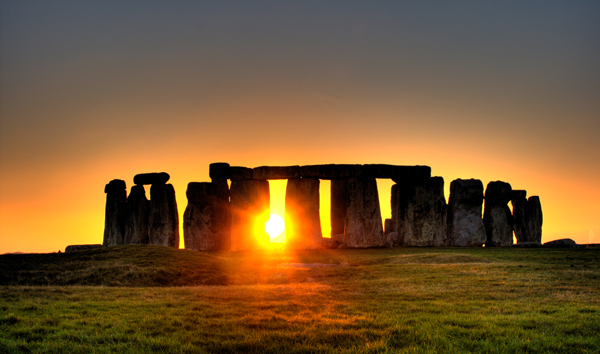
Where: England
Petra, Carved into sandstone hills in the Jordanian desert, the ancient city of Petra remained unknown to the western world until 1812 when the Swiss explorer, Johann Ludwig Burckhardt, stumbled upon it. Today Petra is one of the Middle East’s most treasured tourist attractions and has been described by UNESCO as “one of the most precious properties of man’s cultural heritage”.
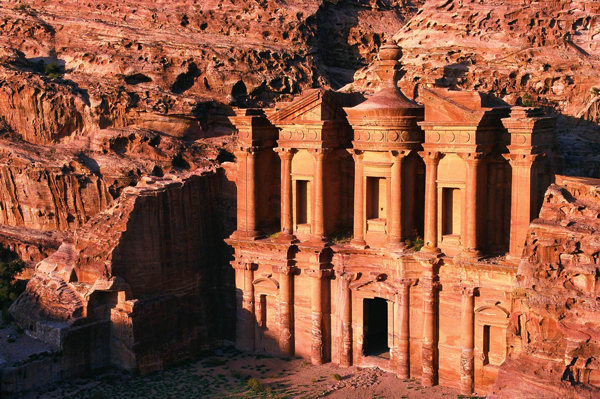
Where: Jordan
Tikal, Poking out of the rainforest canopy in northern Guatemala, the pyramids of Tikal are centrepieces to a sprawling Mayan city that was abandoned in the 10th century AD. One of the best preserved of its kind, this remote settlement was rediscovered in 1848 by a Guatemalan politician and German journalists, who were investigating reports of a lost city.
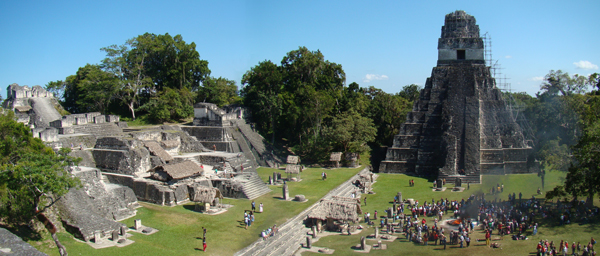
Where: Guatemala
Machu Picchu, It’s hard to believe South America’s most popular tourist attraction was unknown to the outside world until 1911. Constructed by the Incas in 1450, this lofty lost city was deserted during the Spanish conquest. Only locals and llamas knew it existed until the American historian, Hiram Bingha, made its location public. The crowds followed.
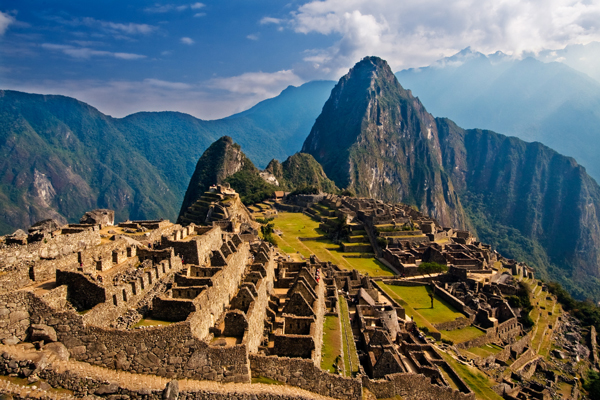
Where: Peru
Terracotta Army, The 29th of March 1974 began as an ordinary day for Yang Zhifa, but it ended extraordinarily. The impoverished farmer had gone out that day to dig a well, but hours later he had unwittingly discovered the Terracotta Warriors. This life-sized army of 8,000 soldiers was the brainchild of Emperor Qin Shi Huang, who, in a fit of tyrannical madness, demanded a terracotta army be built to protect him in the afterlife. When he died in 210BC this mock military garrison was buried with him and remained lost until 1974.

Where: China
Pompeii, The eruption of Mount Vesuvius in AD79 may have vanquished life in Pompeii, but the ash dumped on the city that day preserved it, in its exact state, for some 1,500 years. Rediscovered in 1599, excavations of the site have provided a fascinating insight into the Roman civilisation. Humans and animals were found frozen in time and their panicked figures can still be seen by visitors today. Morbidly captivating.
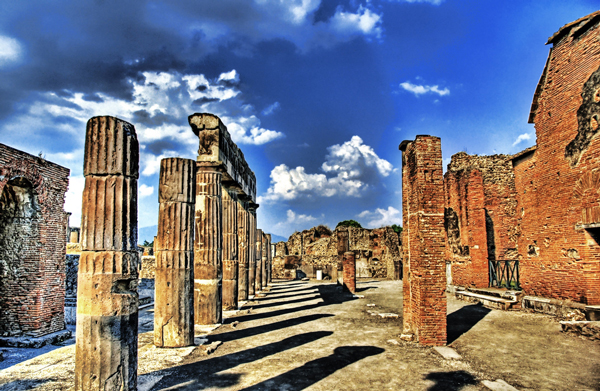
Where: Italy
Ani, Strewn across an otherwise desolate valley in the Turkish province of Kars, this abandoned city lies in ruins. Hard to believe it was the capital of the medieval Armenian Kingdom in 1045, when it was affectionately known as the “City of 1001 Churches”. Ani was sacked and besieged by the Mongols, Georgians and Turks before being abandoned and largely forgotten about until 1892 when the first excavations took place.
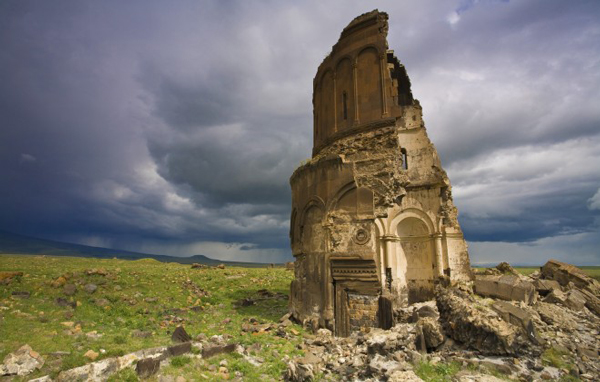
Where: Turkey
Heracleion, Fancy visiting the lost city of Heracleion? Then bring your diving gear. Once thought to be the stuff of legend, this ancient metropolis was rediscovered in 2000 during a survey of the Egyptian coastline. Flooded by the Mediterranean some 1,200 years ago, divers have recovered long-lost treasures such as giant statues, sarcophagi and gold coins. Work continues.
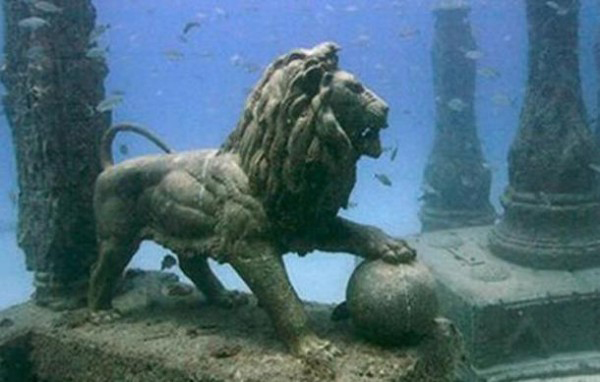
Where: Egypt
Palenque, Lost Mayan cities abound in Central America, but few are as accomplished as Palenque. Dating back to 226BC, this antediluvian city boasts some of the finest Mayan architecture, sculptures and bas-relief carvings known to man. Just 10% of the settlement is thought to have been uncovered so far; the rest remains hidden in the dense jungle that surrounds this glorious World Heritage Site.
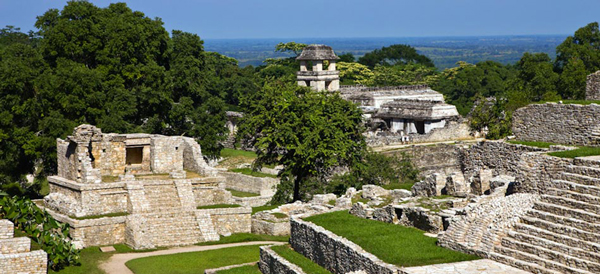
Where: Mexico
Angkor, Still the spiritual heart of Cambodia, Angkor held the various grand centres of the Khmer Empire from the ninth to the 15th centuries. Among them is the Seventh Wonder of the World, Angkor Wat, which has been given some much-needed TLC since the neglectful days of the Khmer Rouge. This temple complex was built to align with the cosmos, but the truly astronomic task was transporting the 5-10 million sandstone bricks (each weighing 3 tonnes) to the site.
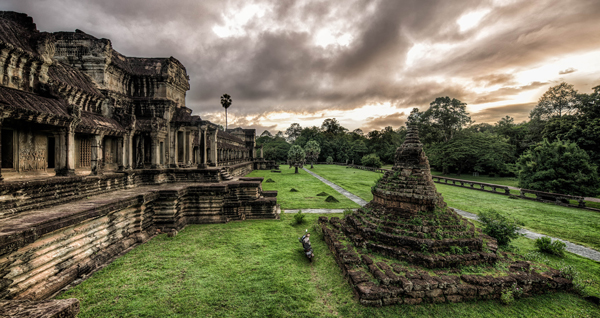
Where: Cambodia
Mohenjo-daro, The population of Mohenjo-daro, a city whose haunting name means “Mound of the Dead”, remains tantalisingly obscure. One of the great Indus Valley Civilization settlements, it was abandoned for 3,700 years, only to be rediscovered in 1922 by R.D. Banerji, an officer of the Archaeological Survey of India. The sheer size and sophisticated layout of the city suggest an advanced, if enigmatic, society.
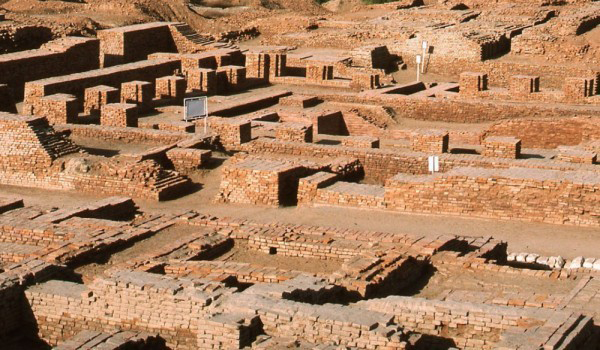
Where: Pakistan
Mesa Verde National Park, The ruins of clay dwellings are stacked one on top of the other, jutting out cliff faces and tucked into caves in Mesa Verde National Park, Colorado. The fascinating villages were once home to the Ancient Pueblo Peoples of North America. Today, they are part of the largest archaeological preserve in the US, and include the Cliff Palace – proof that adobe buildings can be elegant.
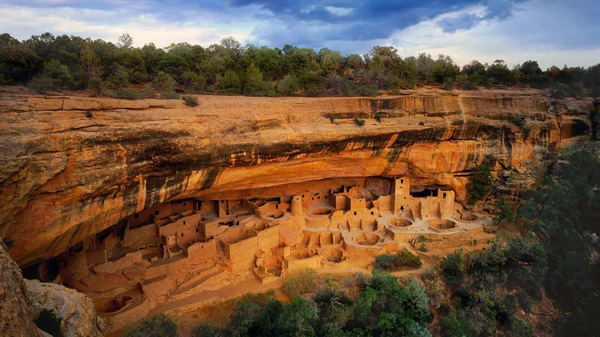
Where: USA
Troy, Blurring the lines between myth and history, the ancient city of Troy was the claimed setting of the last Trojan War, during which the Greeks famously concealed themselves within a giant wooden horse to gain access to the city. Archaeologists have placed the remains of the settlement near the coastal city of Çanakkale in Turkey, where a giant horse – a prop from the 2004 movie Troy – stands watch.
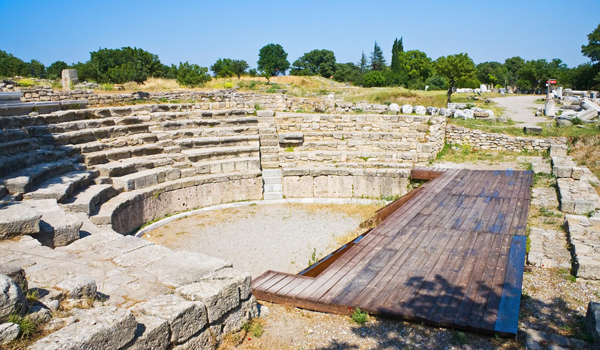
Where: Turkey
Ctesiphon, Built around AD500, the city of Ctesiphon was the imperial capital of the ancient Parthian Empire, and was, at that time, the largest city in the world. Today the only structure still standing is the magnificent Taq-i Kisra arch, the largest brick arch in the world. Prior to the US invasion the arch was the centre of a thriving community, but now, like the rest of the city, it has fallen into disrepair. Fortunately renovation work on the site has begun, with hopes the relic can be restored to its former glory.
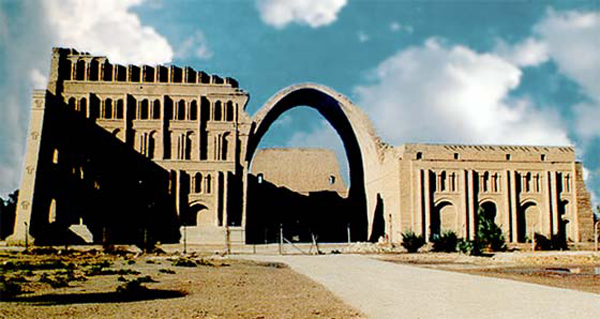
Where: Iraq
Hvalsey, These Norse ruins are located on the island of Hvalsey in Greenland and were formerly a Viking settlement. Dating back to the 12th century, the stone church house was believed to be built by the family of Erik the Red (a nod to the colour of his hair), the founder of the first Norse settlement in Greenland. Alongside the church are two stone halls and 14 houses.
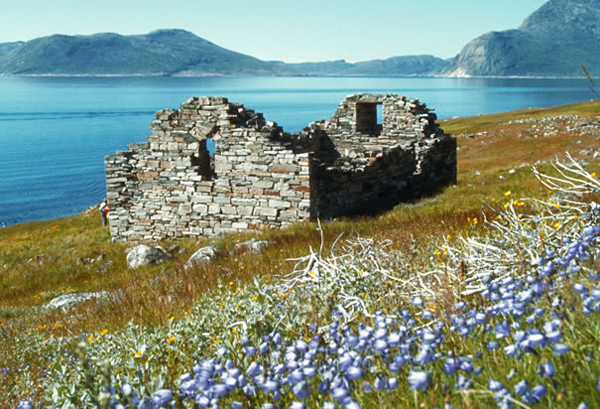
Where: Greenland


0 Comments